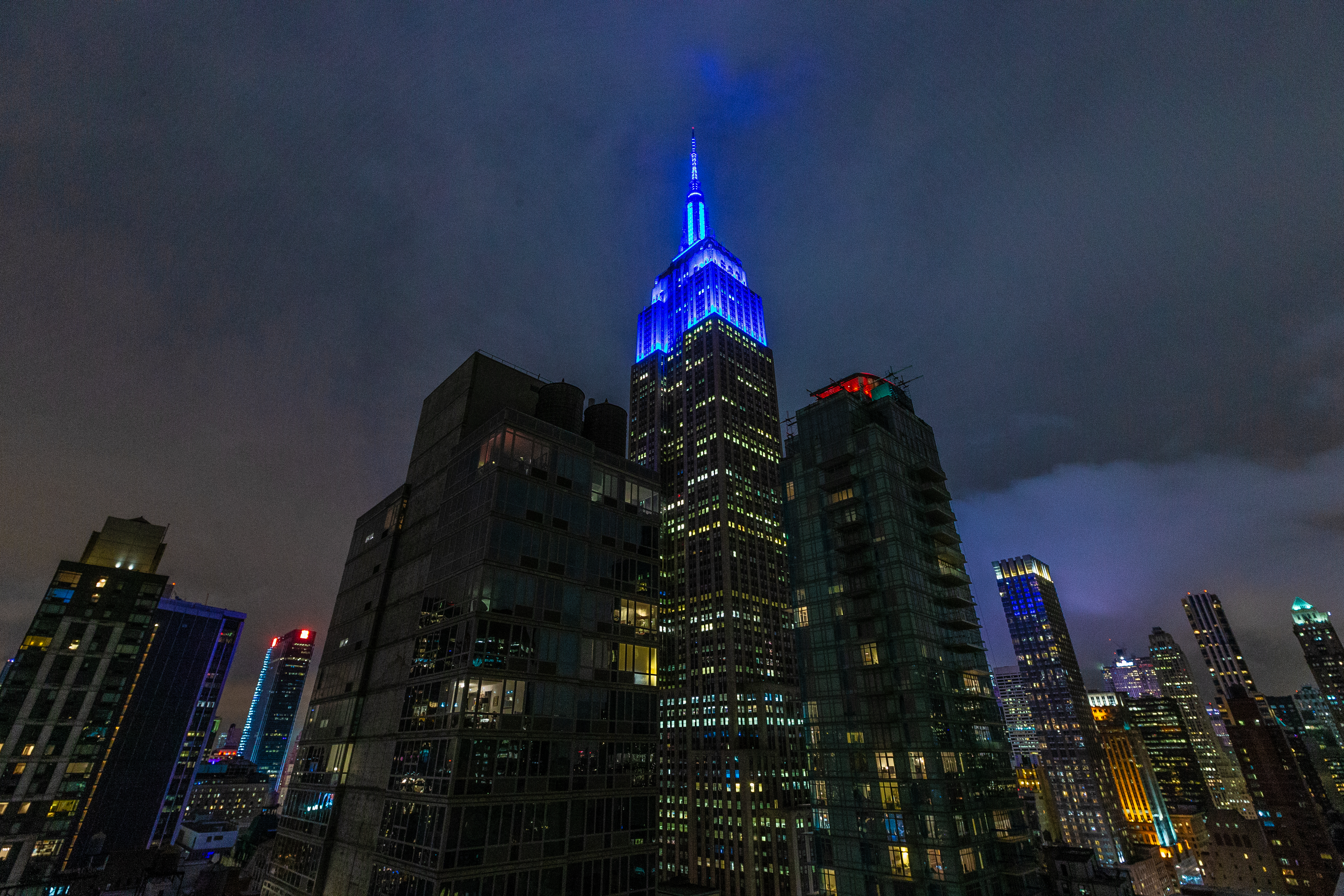
The decision, released on Friday afternoon, came as a vindication for hundreds and perhaps thousands of people who have claimed — often in the face of resistance from public health officials — that their cancers were caused by their exposure to the dust cloud and debris thrown up in the aftermath of the attack.
It will allow not only rescue workers but also volunteers, residents, schoolchildren and passers-by to apply for money to pay for compensation and treatment for cancers developed in the aftermath of the attack. The cancers will not officially be added to the list until after a period of public comment lasting several months.
The decision, by Dr. John Howard, director of the National Institute for Occupational Safety and Health, comes despite a lack of epidemiological evidence linking the attack to cancer. It also poses a number of logistical challenges, since it will be difficult if not impossible to separate people who developed cancer as a result of ground zero from those who would have gotten the disease anyway, and because many cancer diagnoses are likely to be made years after the fund is exhausted.





 Warner Bros Discovery is poised to tell shareholders to reject Paramount’s $108bn (£81bn) hostile bid, according...
Warner Bros Discovery is poised to tell shareholders to reject Paramount’s $108bn (£81bn) hostile bid, according... Twenty-four years after Sept. 11, 2001, Americans remember the nearly 3,000 lives in the terror attacks...
Twenty-four years after Sept. 11, 2001, Americans remember the nearly 3,000 lives in the terror attacks...






























